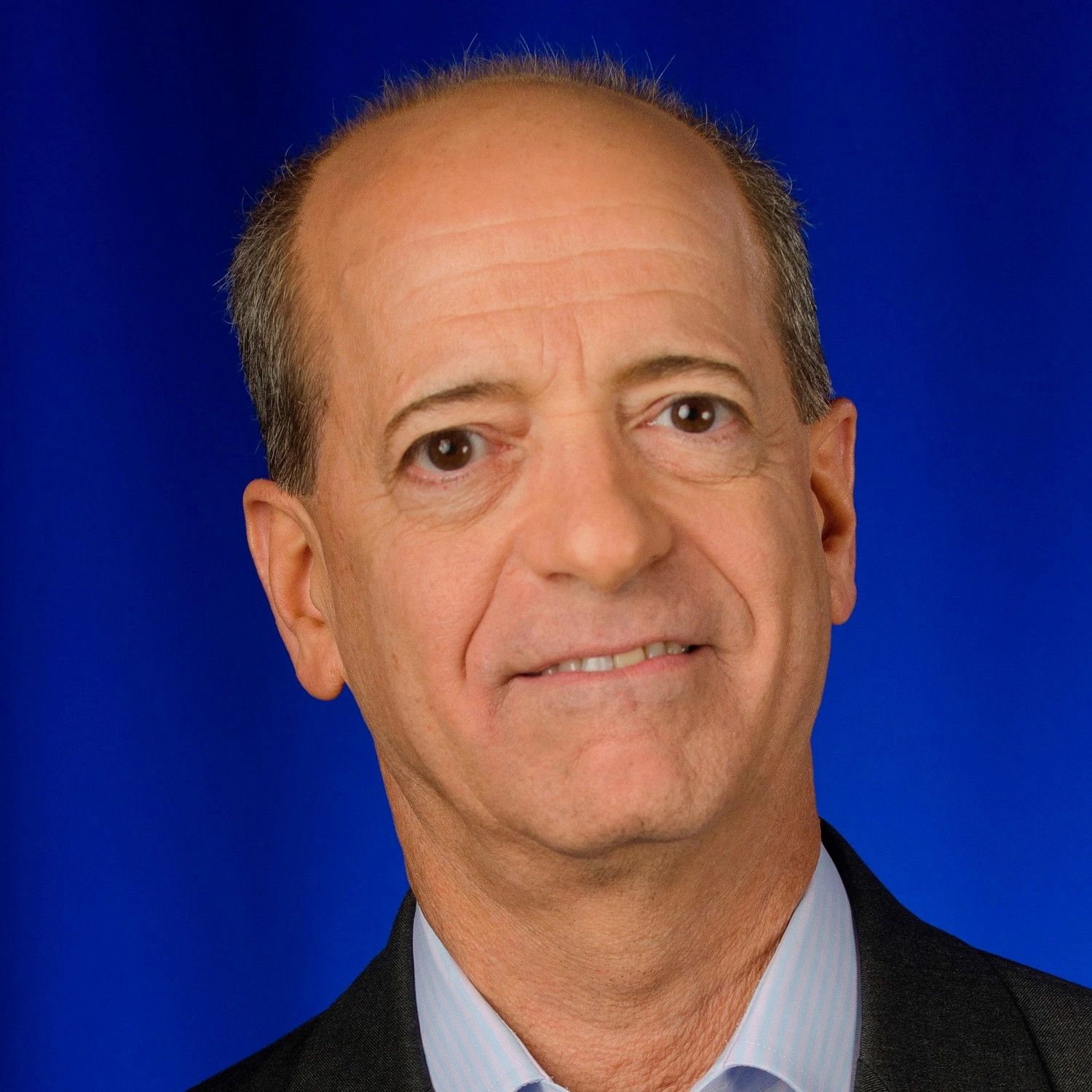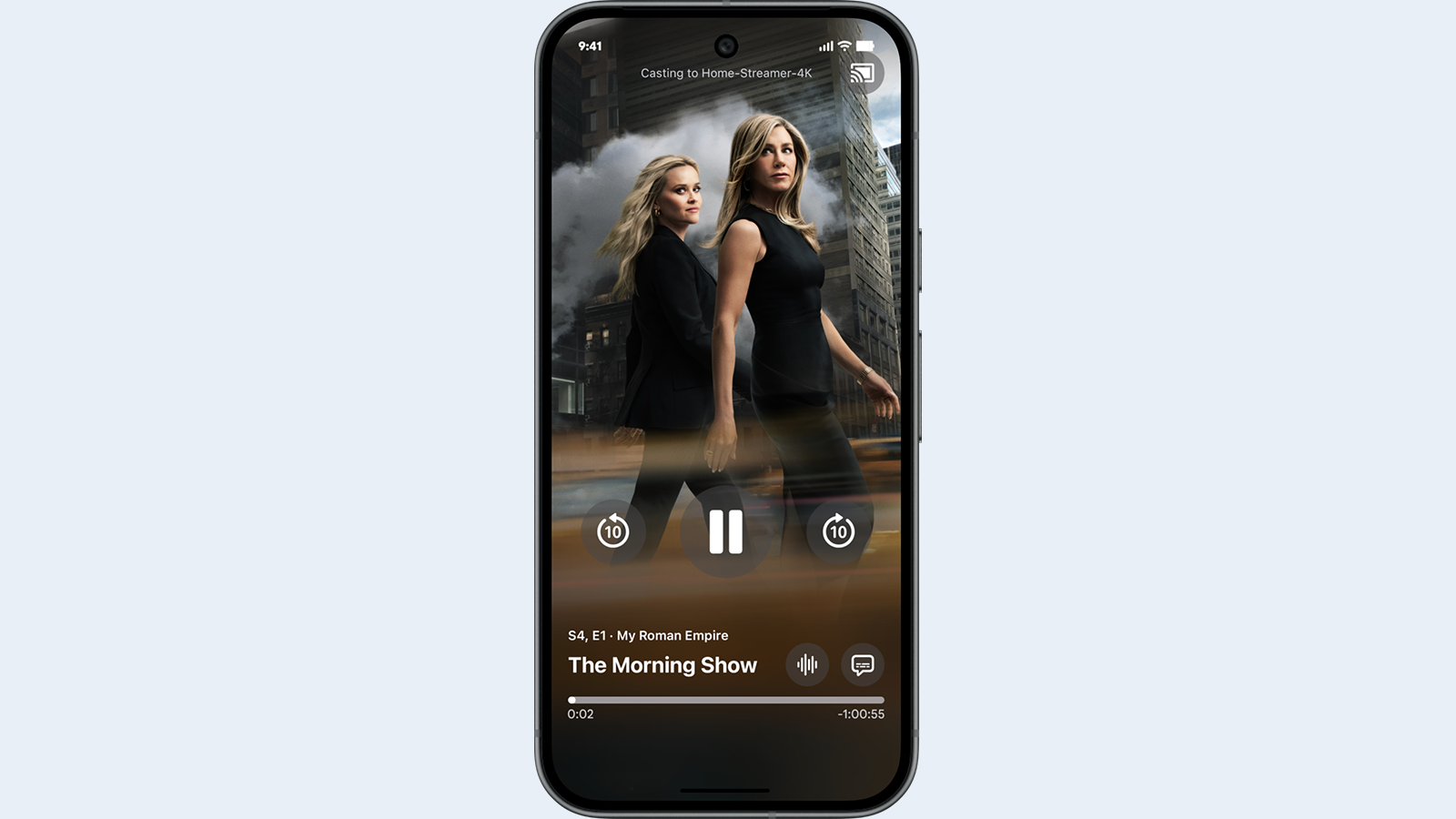
The decision of Brazil’s SBTVD Forum in July to recommend the ATSC 3.0 physical layer was trumpeted by ATSC as a major achievement—an understandable large feather in the cap for the organization that began work on the NextGen TV standard more than a decade ago.
But what does the accomplishment mean to U.S. broadcasters grappling with the myriad of challenges the voluntary transition to 3.0 has created? In other words, why does the SBTVD Forum’s decision matter to us?
I put that question to ATSC president Madeleine Noland and Skip Pizzi, chair of ATSC’s Brazil Implementation Team, recently. Noland enumerated three reasons. Pizzi agreed and offered a few more details.
First, the recommendation comes after the SBTVD Forum conducted “rigorous testing,” in Noland’s words. The Forum’s decision to recommend ATSC 3.0 over all other OTA broadcast physical layers —including the newer Advanced ISDB-T—should instill confidence in U.S. broadcasters. “If you are wondering whether you are using the very best standard in the world, you are,” she said.
Second, strength in numbers: There are 71.5 million TV households in Brazil where OTA TV is big—as many as 85% have a TV that receives broadcasts off air. “The majority watch over-the-air TV as their primary source of television—from 65% to 75% of people,” said Noland.
Those sorts of numbers give chip vendors, set-top box makers and TV manufacturers a big reason to support ATSC 3.0. The greater the market size and product runs, the greater the economies of scale—meaning U.S. consumers will have lower-cost NextGen TV products, and U.S. broadcasters bigger NextGen TV audiences, she said.
There’s going to be a very rich two-way street of information and business development between Brazilian broadcasters and U.S. broadcasters.”
Madeleine Noland, ATSC
Third, Brazilian broadcasters have a head start on their U.S. counterparts when it comes to interactivity, mobile apps and advanced advertising thanks to their experience with the country’s TV 2.5 standard. However, they are not well-versed in datacasting. That sets up a future in which the two can help each other as Brazil deploys TV 3.0 and the U.S. grows its ATSC 3.0 presence.
The professional video industry's #1 source for news, trends and product and tech information. Sign up below.
“There’s going to be a very rich two-way street of information and business development between Brazilian broadcasters and U.S. broadcasters,” said Noland.
Pizzi, who spearheaded the ATSC efforts in Brazil, pointed out that unlike the U.S., Brazil currently only authorizes its educational broadcasters to transmit more than one service per 6MHz channel assignment.
“We think the regulators there may change these rules for TV 3.0, allowing all Brazilian TV broadcasters to provide both multicasting and datacasting for the first time,” he said.

After the interview, I came up with a fourth—but I will be the first to admit it may be wishful thinking.
My reason: Regulatory embarrassment. How embarrassing would it be here if regulators in Brazil take steps, such as modifying the nation’s multicasting and datacasting rule, to make TV 3.0 successful, while U.S. broadcasters continue to wait—more than a year at this point—for the public-private effort to bear fruit in removing obstacles to an ATSC 1.0 shutoff.
Add to that the Broadcast Positioning System (BPS). There’s “great interest” among Brazilian broadcasters and regulators in deploying BPS as a possible ancillary TV 3.0 application, said Pizzi.
How embarrassing will it be if Brazil beats the U.S. to the punch with BPS as a crucial complement/back-up for the Global Positioning System (GPS), especially given the national security and economic implications if there were a loss of accurate time and location data?
Phil Kurz is the Contributing Editor for TV Tech.
Phil Kurz is a contributing editor to TV Tech. He has written about TV and video technology for more than 30 years and served as editor of three leading industry magazines. He earned a Bachelor of Journalism and a Master’s Degree in Journalism from the University of Missouri-Columbia School of Journalism.

